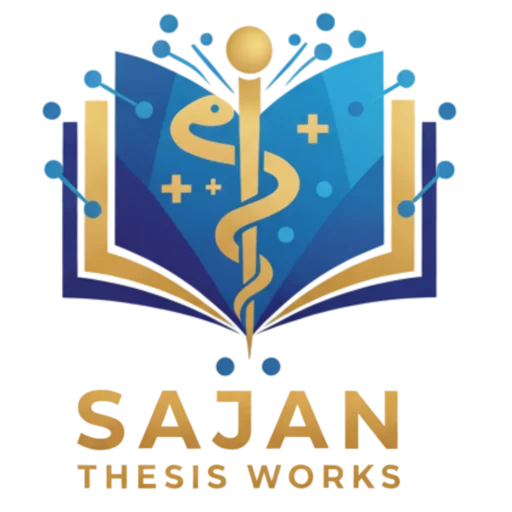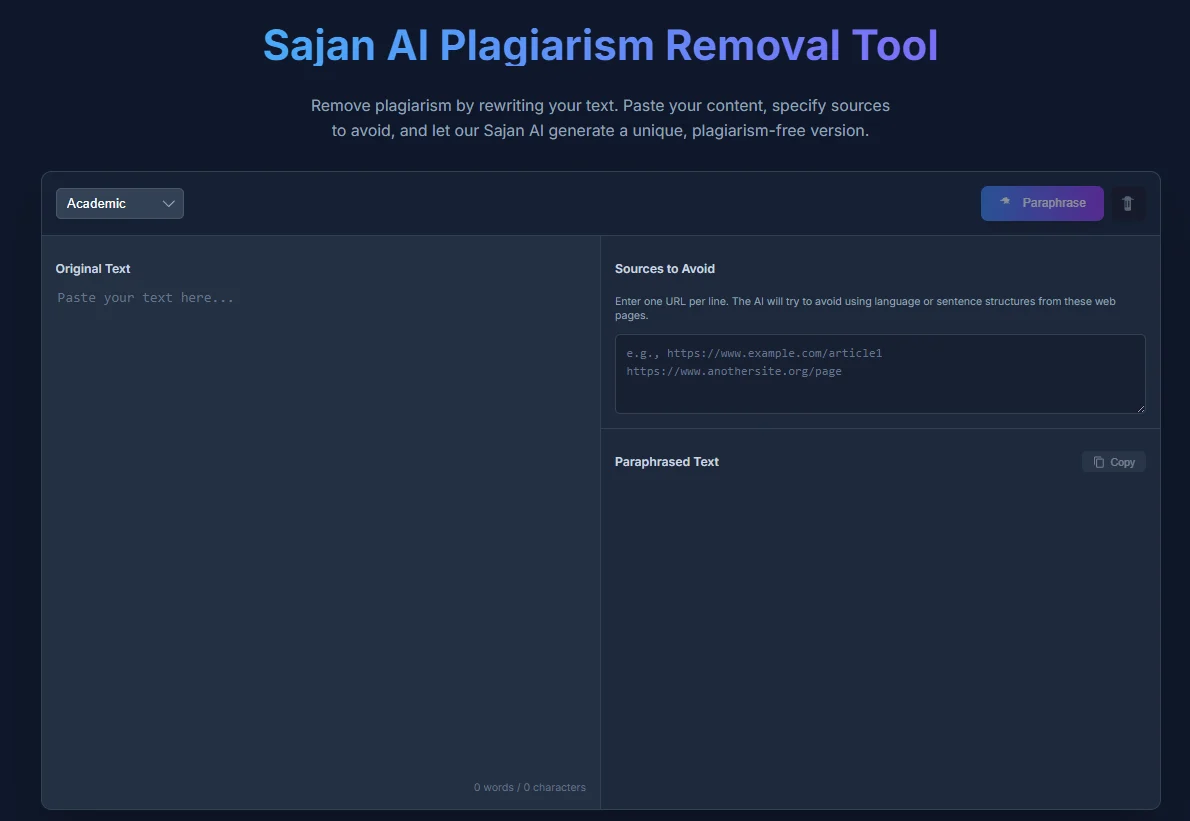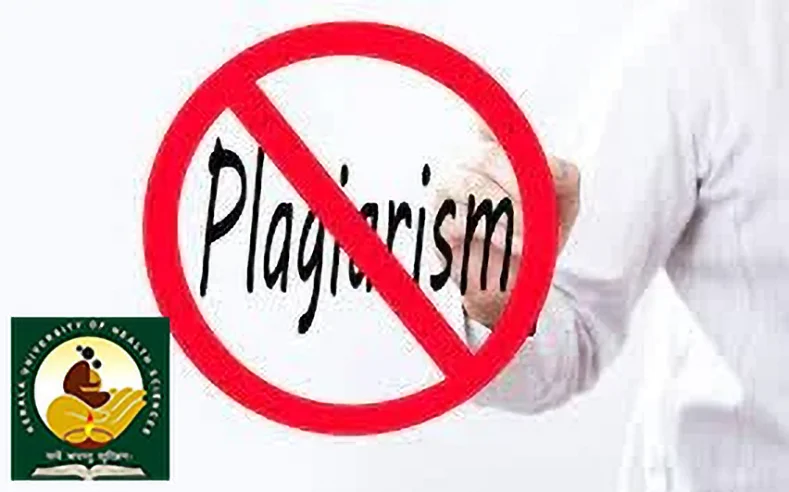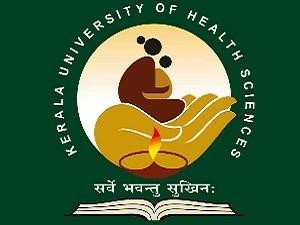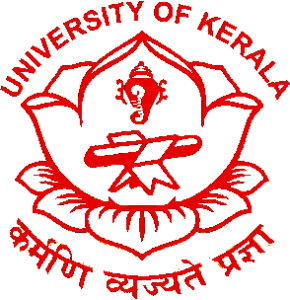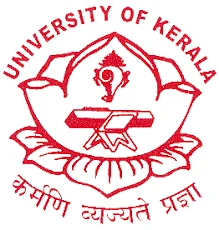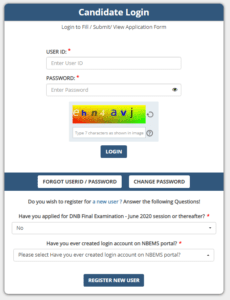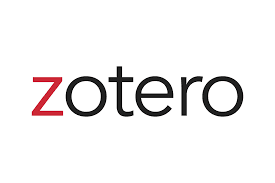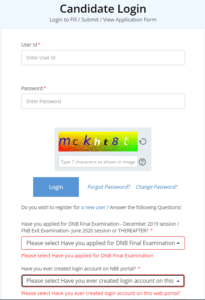Table of Contents
ToggleIntroduction to Plagiarism in Academic Writing
Plagiarism is a serious issue in academic writing, encompassing the act of using someone else’s ideas, words, or work without proper attribution. In the context of a Kerala University of Health Sciences (KUHS) MD thesis, understanding what constitutes plagiarism is essential for maintaining academic integrity. Plagiarism can take several forms, including direct copying, paraphrasing without credit, and self-plagiarism, where previously submitted work is reused without acknowledgment.
The importance of originality in academic research and writing cannot be overstated. Original content not only reflects the author’s understanding and contribution to their field but also upholds the credibility of the academic community. When students or researchers prepare their KUHS MD theses, they must ensure that their work is authentic and demonstrates their own insights and findings. Originality not only enhances the quality of a thesis but is also a critical requirement for successful submission and defense.
Consequences of submitting plagiarized work can be severe, ranging from academic sanctions like failing grades or expulsion from the program to legal issues in cases of copyright infringement. In the competitive landscape of academia, students pursuing MD degrees at KUHS must safeguard their scholarly reputation by adhering to ethical writing practices. Understanding the different types of plagiarism and how to avoid them is pivotal to producing high-quality, authentic research. This guide aims to provide necessary insights and practical steps to help students navigate the complexities of plagiarism and ensure the integrity of their academic work while preparing their thesis.
Understanding the KUHS Guidelines on Plagiarism
The Kerala University of Health Sciences (KUHS) places significant emphasis on academic integrity, particularly in the realm of thesis submissions. The institution has established clear guidelines regarding plagiarism, defining it as the appropriation of another’s work or ideas without proper attribution. This encompasses direct copying of text, paraphrasing without adequate citation, and presenting someone else’s ideas as one’s own. By outlining its parameters, KUHS aims to foster originality and uphold academic standards among its students.
KUHS delineates specific thresholds for acceptable originality in theses. The university mandates that students must produce work that reflects their own contributions, encouraging a deep engagement with the subject matter. Consequently, it is crucial for students to thoroughly understand what constitutes as original work and how they can effectively differentiate their insights and analyses from existing literature.
Furthermore, KUHS encourages the use of proper referencing styles and citation practices to mitigate the risks associated with unintentional plagiarism. The guidelines stress the importance of acknowledging all sources, whether they are books, journal articles, or online resources, and recommend utilizing citation management tools to assist in this process. Students are also encouraged to familiarize themselves with various plagiarism detection tools to evaluate their work before submission, ensuring that it meets the university’s standards.
In addition to outlining the definitions and acceptable levels of originality, KUHS has also instituted consequences for those who violate these guidelines. This could result in severe penalties, including the potential rejection of the thesis or additional academic sanctions. By adhering to the established guidelines, students can avoid unintentional transgressions and contribute positively to the academic community.
Utilizing Plagiarism Detection Tools
In the realm of academic writing, particularly when preparing a KUHS MD thesis, the integration of plagiarism detection tools is of paramount importance. These tools are designed to identify similarities between your work and existing literature, ensuring that your thesis maintains the integrity and originality requisite for academic acceptance. Various online platforms and software exist, each with distinct features and functionalities tailored to different user needs.
Among the most popular plagiarism detection tools are Drillbit, iThenticate etc.
To effectively utilize these tools, it is vital to first understand the specific needs of your thesis. Many tools offer free trials, enabling users to assess their effectiveness before committing to a subscription. Once you have selected an appropriate tool, ensure that you follow its guidelines closely. This often includes uploading your document in the suitable format and allowing sufficient time for the scan. The resulting report will typically indicate areas of concern, enabling you to make the necessary corrections.
When choosing a plagiarism detection tool, consider factors such as the depth of the database it covers, user-friendliness, and the nature of your research work. Some tools are better suited for specific academic fields, while others may provide more general coverage. By carefully evaluating your options, you can select the plagiarism detection software that best aligns with your requirements, significantly enhancing the originality of your KUHS MD thesis.
Citing Sources Correctly: A Key to Avoiding Plagiarism
Proper citation is essential in academic writing, particularly in a KUHS MD thesis, as it holds significant importance in avoiding plagiarism. Plagiarism is not merely an ethical violation; it can also result in severe academic consequences. Therefore, understanding different citation styles is paramount for any researcher.
The Vancouver format is a numbered referencing style commonly used in medical and scientific fields. It was developed by the International Committee of Medical Journal Editors (ICMJE) and is also known as the “author-number” system. The core principle is to number citations consecutively in the order they first appear in the text and to provide a corresponding numbered reference list at the end of the document.
Key Features of Vancouver Style:
Numeric System: Sources are cited in the text using Arabic numerals in parentheses (1), square brackets[6], or as a superscript¹.
Sequential Numbering: References are numbered in the order they are first introduced in the text.[4][8] If a source is cited again, the same number is used.
Reference List: A numbered list of references at the end of the paper provides the full bibliographic details for each cited source. This list is ordered numerically, not alphabetically.
In-Text Citations
The primary function of in-text citations is to point the reader to the corresponding entry in the reference list.
Placement: The citation number is typically placed at the end of the sentence or clause, after periods and commas but before colons and semicolons.
Example: Recent research indicates a new trend (1).
Mentioning Authors: If the author’s name is mentioned in the text, the citation number follows the name.
Example: According to Smith (1), the results were conclusive.
For sources with multiple authors, you typically name only the first author followed by “et al.” in the text.[2]
Multiple Citations: To cite multiple sources at the same point, the numbers are separated by commas. For a consecutive series of numbers, a hyphen is used.
Example (non-consecutive): Several studies have shown similar results (2, 5, 8).
Example (consecutive): Several studies have shown similar results (2-5).
Direct Quotes: When directly quoting a source, the page number should be included after the reference number.
Example: The study concluded that “the effects were significant” (1, p. 15).
The Reference List
The reference list appears on a new page at the end of the document, usually under the heading “References.”
Order: Entries are listed numerically in the order they first appeared in the text.
Authors:
List the authors’ surnames followed by their initials (maximum of two).
For sources with up to six authors, list all of them.
For sources with more than six authors, list the first six followed by “et al.”
Titles: Use sentence case for article and book titles, capitalizing only the first word and any proper nouns.
Common Reference Formats:
Journal Article:
Format: Author(s). Article title. Abbreviated Journal Title. Year;Volume(Issue):Page numbers.
Example: Smith J, Brown R. Introduction to Biomedical Research. J Med Res. 2019;15(2):45-58.
Book:
Format: Author(s). Book Title. Edition (if not the first). Place of Publication: Publisher; Year.
Example: Miller K. Understanding Immunology. London: Wiley; 2018.
Chapter in a Book:
Format: Author(s) of chapter. Chapter title. In: Editor(s), editors. Book Title. Place of Publication: Publisher; Year. p. Page range.
Example: Johnson L. Pain Management. In: Brown P, editor. Advanced Nursing. 3rd ed. Oxford: Elsevier; 2018. p. 45–67.
Website:
Format: Author(s) (if available). Title of the webpage. Website Name [Internet]. Publication date [cited Date]. Available from: URL.
Example: World Health Organization. Global Health Observatory (GHO) data [Internet]. 2023 [cited 2025 May 15]. Available from: https://www.who.int/data/gho
Paraphrasing and Summarizing Techniques
When it comes to maintaining academic integrity in a KUHS MD thesis, mastering the art of paraphrasing and summarizing is essential. Both techniques enable students to capture the essence of original materials, yet they employ distinct methods to achieve this goal. Paraphrasing involves rephrasing a text while preserving its original meaning and context, whereas summarizing condenses the content to highlight the main ideas without delving into specifics.
To effectively paraphrase a text, one must fully comprehend the original material. This comprehension allows the writer to use alternative wording and sentence structures, thereby distancing their version from the source. A useful technique is to break the content into manageable parts. For instance, if an original statement reads, “The rapid expansion of technology has significantly altered the landscape of medical education,” a paraphrase could be, “The swift growth of technological advancements has notably transformed the environment of medical training.” Here, the core idea remains intact, but the phrasing is distinct, reducing the risk of plagiarism.
On the other hand, when summarizing, the objective is to distill essential points into a succinct overview. This technique is particularly effective when reviewing multiple sources or extensive content. For example, if an article outlines several trends in medical education, summarizing might result in a statement such as, “Current trends in medical education emphasize digital learning, interdisciplinary collaboration, and patient-centered approaches.” This summary reflects the primary concepts without entering into extensive detail.
Ultimately, effective paraphrasing and summarizing not only enhance the originality of your thesis but also reinforce your understanding of the subject matter. By applying these techniques diligently, students can ensure their work adheres to the standards of academic writing while contributing thoughtfully to the discourse in their field. Regular practice and reflection on these strategies will significantly mitigate the risk of unintentional plagiarism.
Ensuring Authenticity in the Digital Age
In today’s fast-paced academic and professional worlds, the pressure to produce high-quality written content is immense. From students crafting research papers to professionals writing reports, the temptation to borrow a little too heavily from existing sources is an ever-present concern. This is where a robust anti-plagiarism service becomes an indispensable tool for maintaining integrity and originality.
At antiplagiarismservice.com, we understand the critical importance of authentic work. Our platform is designed to be a comprehensive solution for anyone who needs to verify the originality of their writing. Whether you’re a student striving for academic honesty, an educator fostering a culture of integrity, or a publisher protecting your reputation, our service provides the peace of mind that comes with a thorough and reliable plagiarism check.
More Than Just a Similarity Checker
While many services can tell you if a block of text matches another source, a truly effective anti-plagiarism tool goes much deeper. Modern methods of plagiarism have evolved, and so have our detection capabilities. Our service is designed to identify not just direct copy-pasting, but also more subtle forms of plagiarism, such as patchwork writing and paraphrasing without proper attribution.
One of the standout features of our service is the ability to detect text manipulations. In an era of “life hacks” aimed at tricking basic plagiarism checkers, our advanced algorithms can identify these deceptive techniques, ensuring a more accurate and reliable report.
User-Friendly and Confidential
We believe that a powerful tool should also be easy to use. Our platform features a user-friendly interface that makes it simple to upload your documents and receive a detailed similarity report. This report highlights any potential areas of concern, allowing you to review and address them effectively.
Furthermore, we are deeply committed to the privacy and security of your work. All documents checked through our service are protected from being copied or accessed by third parties. Your intellectual property remains yours, and our role is to help you safeguard its originality. Our privacy policy outlines our commitment to protecting your data, ensuring that your documents are used solely for the purpose of providing you with our service.
By using a trusted anti-plagiarism service, you are not just running a check; you are making a commitment to ethical writing practices. You are ensuring that your voice is your own and that your work stands on its own merit. In the long run, this commitment to originality will not only protect you from the serious consequences of plagiarism but will also enhance your reputation as a credible and trustworthy writer.
The Importance of Original Research and Analysis
Original research and analysis form the bedrock of a high-quality MD thesis at KUHS. The core purpose of an MD thesis is to contribute novel insights to the medical field, which necessitates that students rely on their findings rather than solely on existing literature. This undertaking promotes critical thinking, fosters intellectual growth, and enhances the quality of medical education. Conducting original research allows students to explore areas of personal interest and relevance, thereby contributing to the broader knowledge base within their specialization.
By engaging in original research, students not only develop a deeper understanding of their chosen topics but also hone their analytical skills. These skills are invaluable in the medical profession, where diagnostic and evaluative capabilities are crucial. Inculcating a habit of questioning existing knowledge and presenting individual interpretations fosters a mindset that is essential for future medical practitioners, who must consistently adapt to emerging evidence and innovative practices.
To conduct original research, the first step is to formulate a compelling research question that addresses gaps in the current literature or explores unexplored concepts. A thorough literature review will assist in identifying these gaps and establishing a solid foundation for the study. Following this, the selection of appropriate methodologies is critical; whether it is qualitative, quantitative, or a mixed-method approach, the chosen methods must align with the research objectives to facilitate meaningful findings. Moreover, obtaining necessary approvals and ensuring ethical standards is paramount, especially in medical research.
Once original findings are obtained, they should be carefully analyzed and contextualized within the existing body of literature. This synthesis not only demonstrates the validity of the research but also highlights its significance in advancing medical knowledge. Ultimately, original research and analysis are not just academic exercises but integral components that elevate the integrity and impact of an MD thesis at KUHS.
Seeking Help from Writing Centers and Tutors
Students seeking assistance in enhancing their writing skills and ensuring their work is devoid of plagiarism can benefit significantly from the resources available at Kerala University of Health Sciences (KUHS) as well as other academic institutions. Writing centers, in particular, serve as valuable hubs where students can receive personalized guidance on their writing projects, including their MD thesis. These centers typically offer a variety of services tailored to meet the diverse needs of students at various stages of their writing process.
At KUHS, the writing center provides support in areas such as structuring arguments, improving clarity, and refining the overall coherence of the written work. Trained writing tutors are available for one-on-one sessions, where students can discuss specific concerns related to their thesis and receive feedback aimed at enhancing the quality of their writing. Moreover, these tutors often have expertise in academic writing standards, which can be extremely beneficial in understanding how to avoid common pitfalls associated with plagiarism.
In addition to writing centers, online tutoring services can also serve as an excellent resource for students working remotely or those who prefer the convenience of virtual assistance. Many institutions offer workshops or webinars focused on research integrity and academic honesty, which equip students with the knowledge necessary to produce original content. Incorporating these strategies into the writing process not only strengthens the overall argument of the thesis but also fosters a deeper appreciation of ethical writing practices.
To maximize the benefits of these resources, students should proactively seek feedback and partake in workshops offered by writing centers. Regular consultations can help them identify their writing weaknesses and learn effective techniques for revising their work. By leveraging the support of writing centers and tutoring services, students can significantly improve their writing quality and ensure their MD thesis adheres to the standards of academic integrity. Engaging with these resources can provide an essential foundation for successful thesis completion, free from the uncertainties associated with plagiarism.
Revising and Proofreading: The Final Steps to Ensure Originality
Revising and proofreading are crucial steps in the thesis writing process, especially when aiming to eliminate any traces of plagiarism. During these final stages, authors must carefully assess their work to identify inconsistencies, improperly cited sources, and unintentional similarities with existing literature. Variations in phrasing, improper attribution, and overlooked quotations can contribute to plagiarism, thus requiring a detailed examination of the manuscript to maintain academic integrity.
Effective revision strategies begin with setting aside the initial draft for a brief period. This break allows writers to approach their work with fresh eyes, making it easier to spot potential plagiarism. One practical tip is to read the thesis out loud. This technique can reveal awkward phrasing and unclear language that might require rewording. Additionally, employing tools like plagiarism detection software can assist in identifying areas of concern within the text, although reliance solely on software is not advisable. Human judgment is essential, as these tools may not always recognize the context or the intent behind the text.
It is advisable to create a checklist of best practices for ensuring originality during the proofreading stage. Outline the primary sources and ideas that have inspired the thesis and cross-reference them against the final draft to confirm proper citation. Furthermore, paraphrasing should be employed to convey ideas in your own voice while still acknowledging the original authors. Maintaining a consistent citation style throughout the document is equally important, as it reflects diligence in upholding academic standards.
Ultimately, revising and proofreading are integral components of the writing process that can significantly contribute to the originality of a KUHS MD thesis. By remaining vigilant during these stages, authors can achieve a polished and unique final draft, free from any potential plagiarism.
Conclusion: Maintaining Academic Integrity
Maintaining academic integrity is paramount in the pursuit of knowledge and contributing to one’s field of study, particularly when preparing a KUHS MD thesis. The act of conducting original research, proper citation of sources, and adherence to ethical writing practices not only showcases a student’s diligence but also reflects respect for the intellectual contributions of others. It is crucial for students to comprehend that plagiarism undermines the very foundation of academic excellence and can have lasting repercussions on their careers and reputations.
When students engage in original research, they are not simply fulfilling a requirement; they are cultivating their analytical skills and fostering intellectual independence. This commitment to authenticity encourages a deeper understanding of the subject matter, ultimately enhancing their ability to contribute meaningfully to their discipline. Furthermore, appropriate citation practices are fundamental in acknowledging the work of other scholars, thereby promoting a culture of collaboration and respect within the academic community.
Ethical writing practices further reinforce the value of integrity in academic settings. By committing to produce an original thesis, students not only adhere to academic guidelines but also exhibit pride in their work. This sense of ownership enhances the learning experience, allowing future healthcare professionals to build a robust knowledge base while upholding the principles of honesty and transparency.
In conclusion, the importance of creating a plagiarism-free KUHS MD thesis cannot be overstated. It not only shapes students’ academic endeavors but also cultivates a habit of integrity that will benefit them throughout their careers. By prioritizing originality, proper citation, and ethical writing practices, students will ultimately be contributing to a credible and respected body of research that upholds the highest standards of academic achievement.
